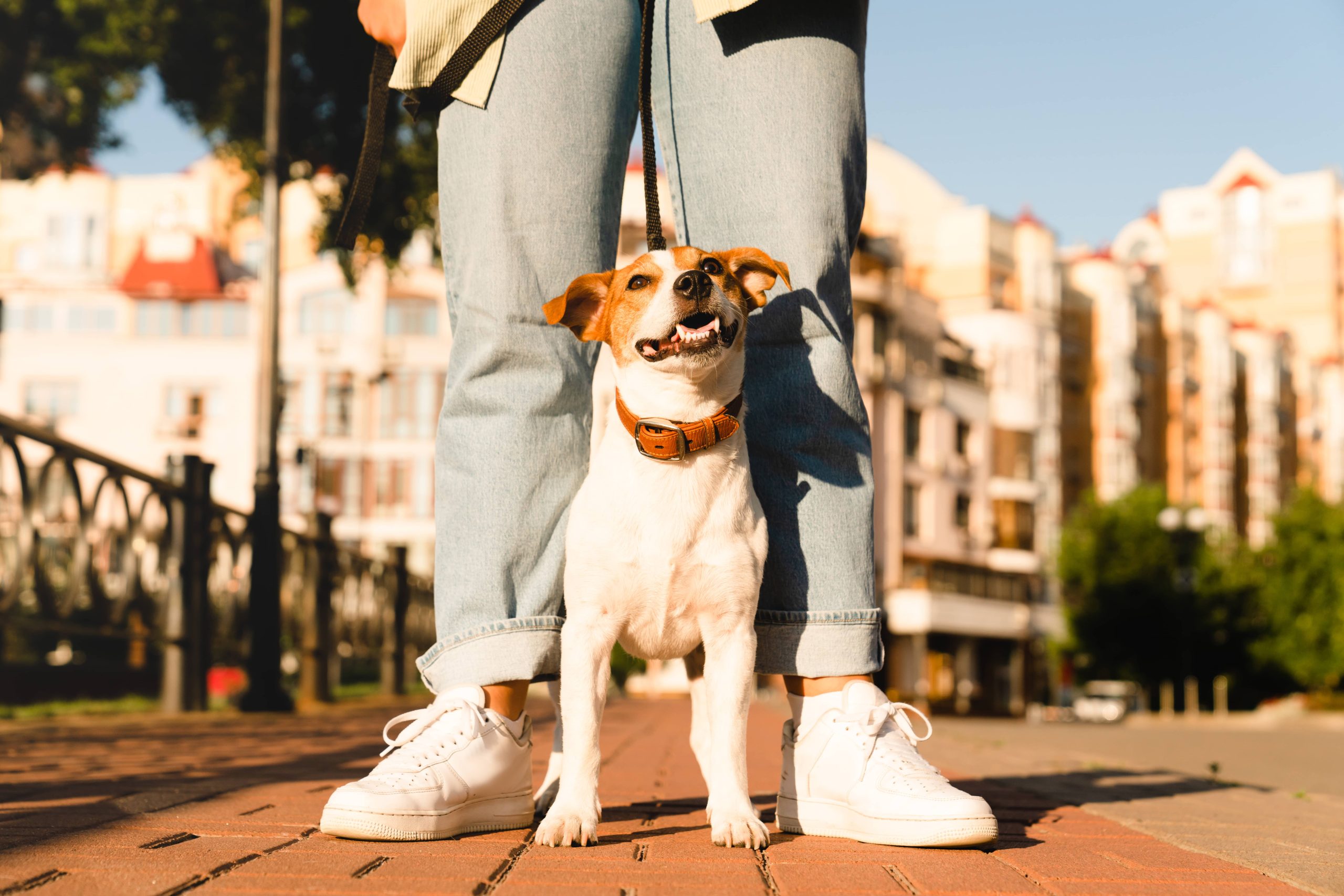
Adopting a pet is a wonderful and rewarding experience; it not only provides a loving home for a deserving animal but also brings joy and companionship to the adopter. However, for many rescued animals, their previous experiences can leave them wary, anxious, and distrustful of humans. Building trust with these pets requires time, patience, and understanding. Here are some comprehensive tips to help your newly adopted pet feel secure and establish trust with their new human family.
1. Create a Safe and Comfortable Environment
One of the first steps in helping your adopted pet build trust is to create a safe and comfortable living space. Ensure they have a designated, quiet area where they can retreat when they feel overwhelmed. This space should include a cozy bed, food, water, and some of their favorite toys. Keeping the environment calm and free of loud noises or sudden movements can help your pet feel more secure and lessen their stress levels.
2. Establish a Routine
Animals thrive on routine, as it provides them with a sense of predictability and security. Establish a consistent schedule for feeding, walking, and playtime. Stick to this routine as closely as possible, so your pet can begin to anticipate and understand what will happen next. This sense of structure can significantly reduce anxiety and build trust, as your pet realizes their needs will be consistently met.
3. Be Patient and Take Things Slow
Building trust takes time, especially with pets that have experienced trauma or neglect. Be patient and allow your pet to set the pace for interactions. Avoid forcing them into situations that make them uncomfortable or anxious. Instead, give them the time and space they need to explore their new surroundings and gradually approach you. Celebrate small milestones and progress, knowing that each step forward, no matter how minor, is a victory.
4. Use Positive Reinforcement
Positive reinforcement is a highly effective method for building trust and encouraging desirable behavior. Reward your pet with treats, praise, or affection when they display positive behaviors, such as approaching you, following commands, or interacting calmly. Avoid using punishment or negative reinforcement, as this can erode trust and increase fear or anxiety. Consistently rewarding positive behaviors will help your pet associate good things with you and strengthen their trust.
5. Communicate Calmly and Clearly
Animals can pick up on human emotions and body language, so it’s essential to communicate calmly and clearly with your adopted pet. Use a gentle, soothing tone of voice when speaking to them, and avoid sudden movements that could startle them. Pay attention to your pet’s body language and cues to understand how they are feeling and tailor your interactions accordingly. Respecting your pet’s comfort levels and boundaries will help them feel more secure in your presence.
6. Engage in Interactive Play
Interactive play is a fantastic way to build trust and bond with your adopted pet. Playtime allows your pet to have fun and let off steam while associating you with enjoyable experiences. Use toys that your pet enjoys, and engage in activities that promote mutual enjoyment. For dogs, this might be a game of fetch or tug-of-war; for cats, interactive wands or laser pointers can be highly engaging. The key is to create positive, shared experiences that strengthen your relationship.
7. Encourage Socialization Gradually
Socialization is crucial for helping your adopted pet adapt to their new environment and build trust with humans. However, this process should be gradual and carefully managed, especially for pets with a history of trauma. Begin by introducing your pet to new people slowly, in a controlled and calm setting. Allow your pet to approach new individuals at their own pace and ensure these interactions are positive, with gentle petting and treats. Gradually increasing the exposure to new experiences and people can help your pet become more comfortable and confident.
8. Seek Professional Help if Needed
Sometimes, despite your best efforts, your adopted pet may struggle to build trust and overcome their fears. In such cases, seeking the help of a professional, such as a veterinary behaviorist or a certified animal trainer, can be beneficial. These experts can provide you with personalized guidance and strategies tailored to your pet’s specific needs and issues. Professional assistance can make a significant difference in your pet’s progress and overall well-being.
9. Practice Consistent and Gentle Handling
For your pet to trust you, they need to feel comfortable being handled. Practice gentle and consistent handling, starting with short, non-threatening interactions. Avoid restraining or forcing your pet into uncomfortable positions. Gradually build up the duration and intensity of handling sessions, always ensuring that your pet associates these experiences with positive outcomes. This can be particularly important for routine care activities, such as grooming or veterinary visits.
10. Show Empathy and Understanding
Lastly, show empathy and understanding towards your adopted pet’s situation. Recognize that their past experiences may have been challenging and that they are doing their best to adapt to their new environment. Be compassionate and patient, and remember that building trust is a journey that takes time. Your love, care, and consistent efforts will eventually help your pet feel secure and develop a deep, trusting bond with you.
In conclusion, helping your adopted pet build trust with humans is a gradual process that requires patience, empathy, and positive reinforcement. By creating a safe environment, establishing a routine, and engaging in gentle interactions, you can lay the foundation for a strong and trusting relationship. Remember, each pet is unique, and what works for one may not work for another, so be flexible and attentive to your pet’s individual needs. With time and dedication, you and your adopted pet will build a bond that is both fulfilling and lasting.






